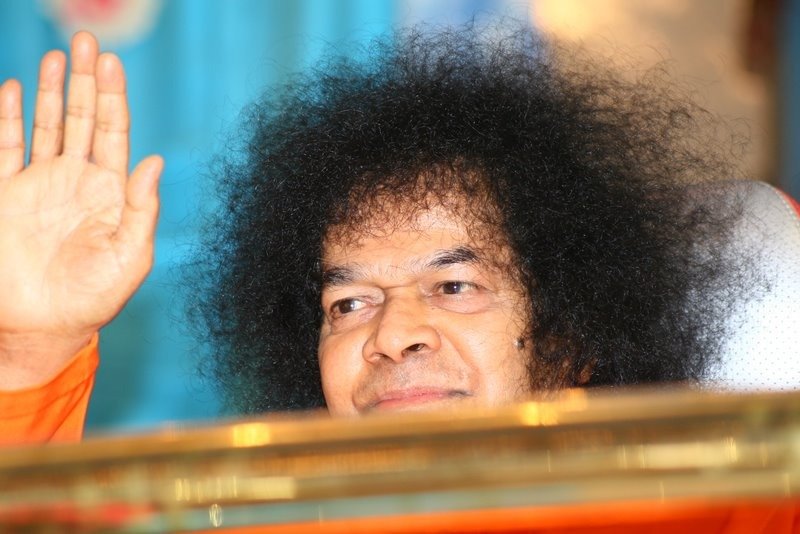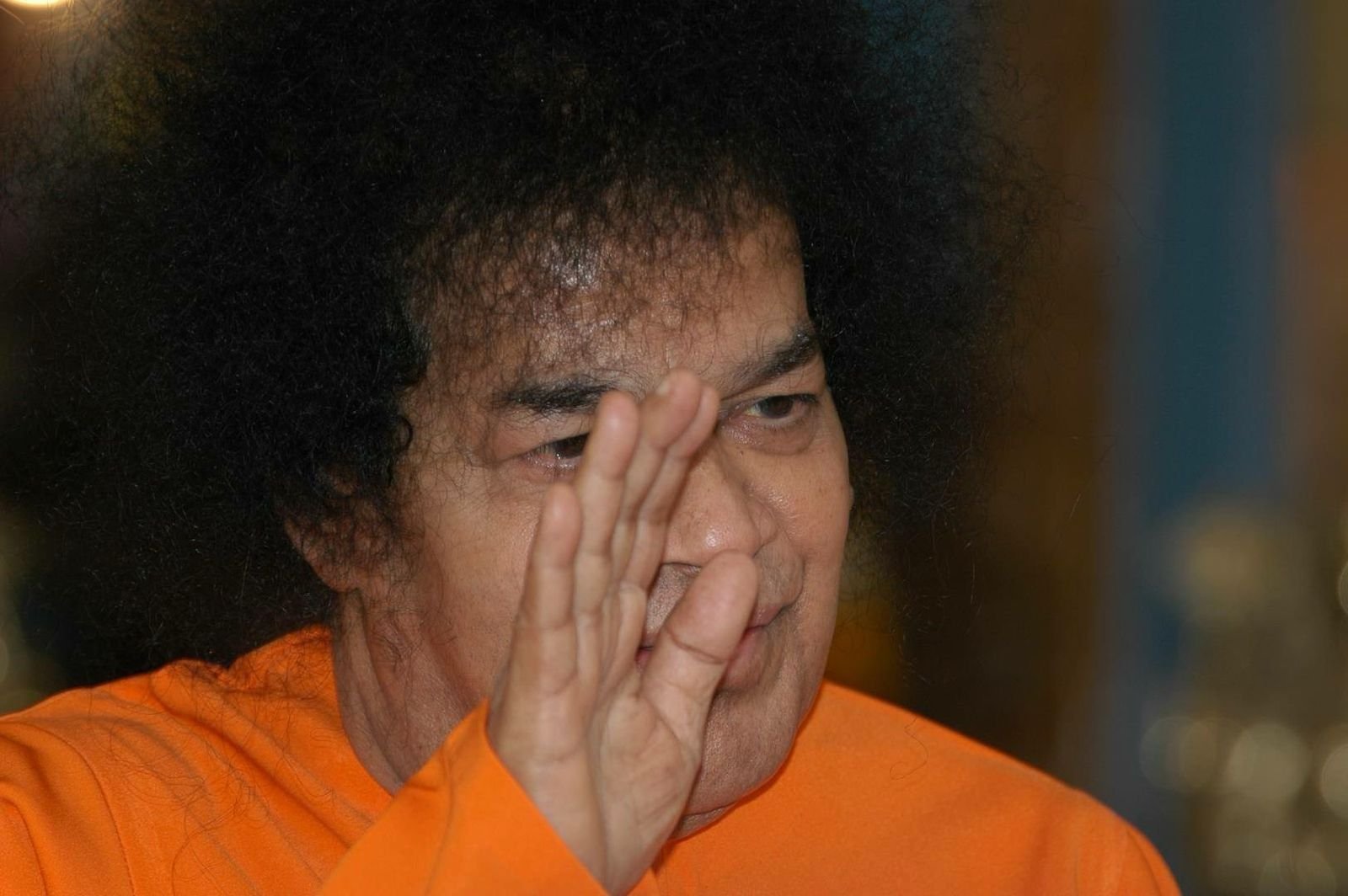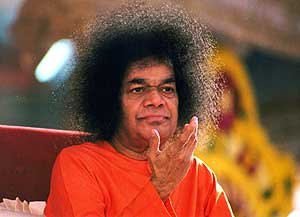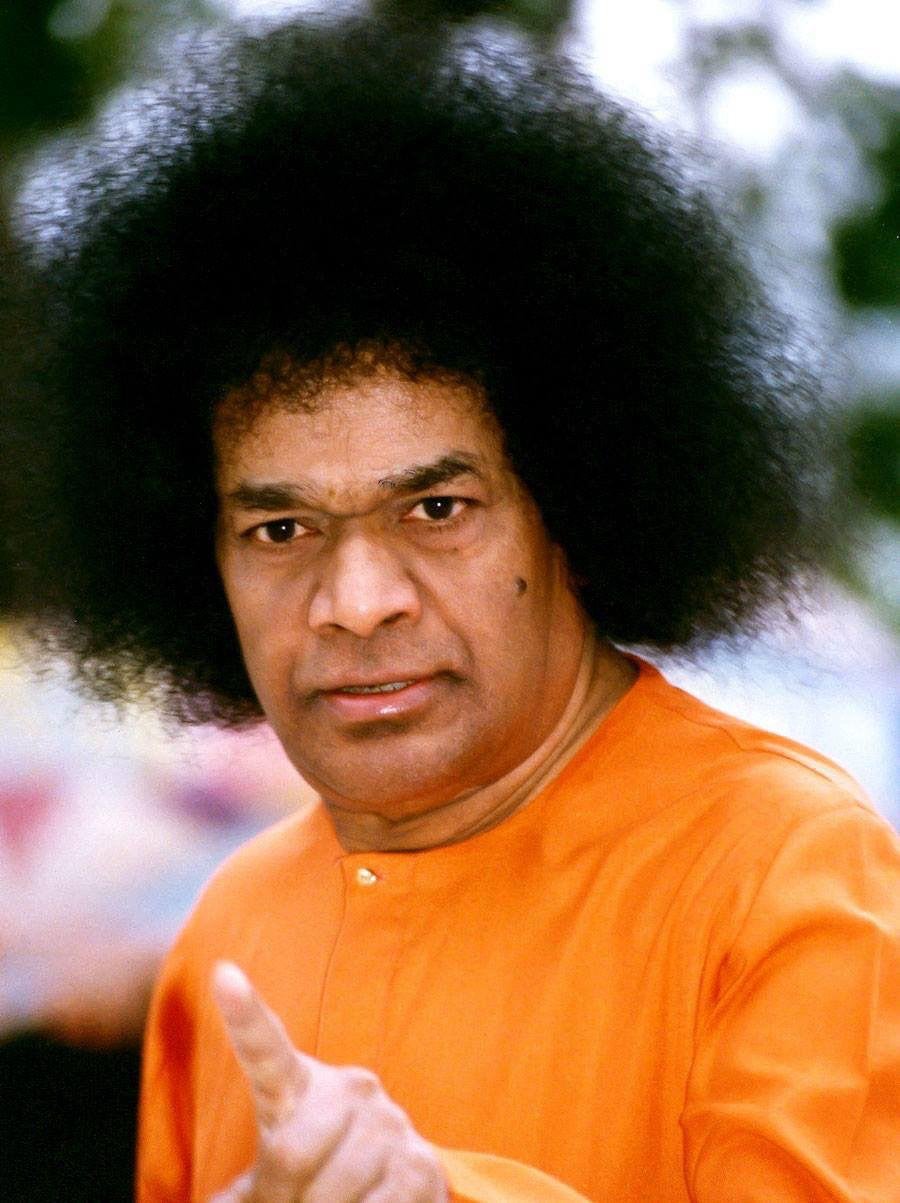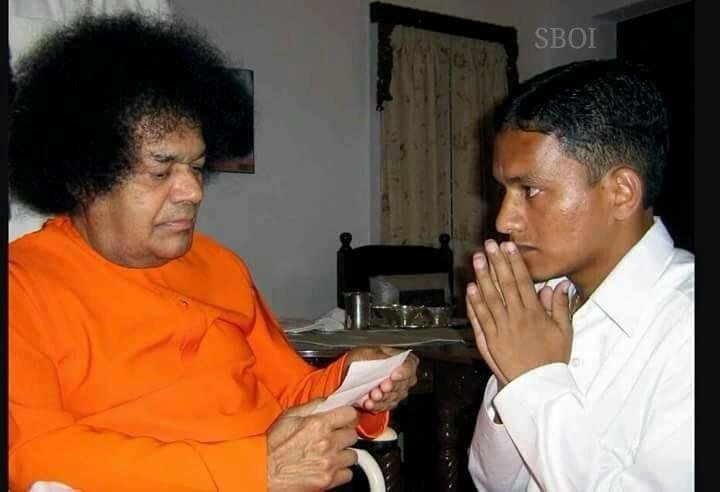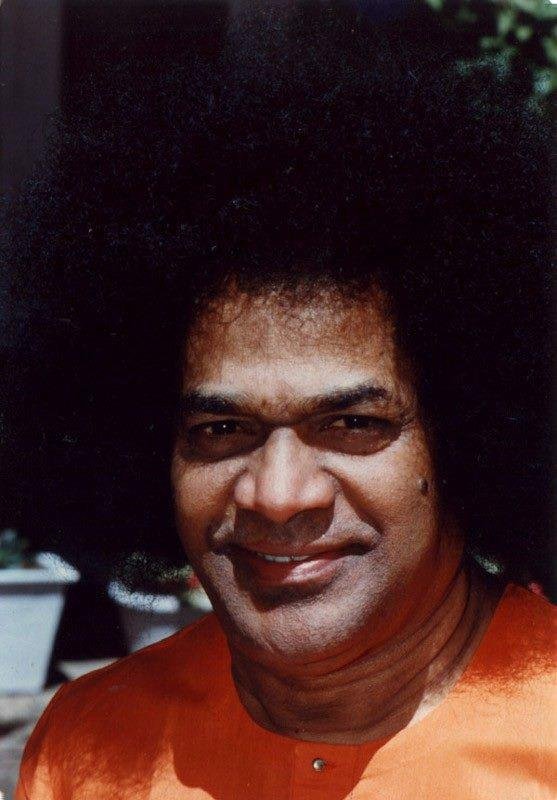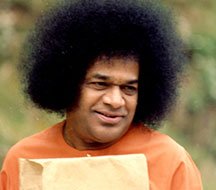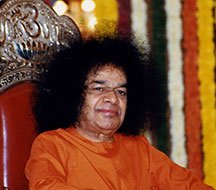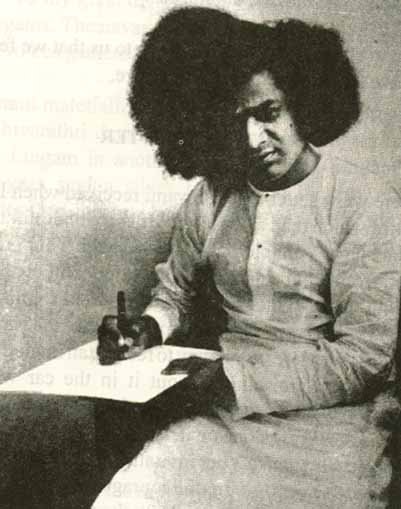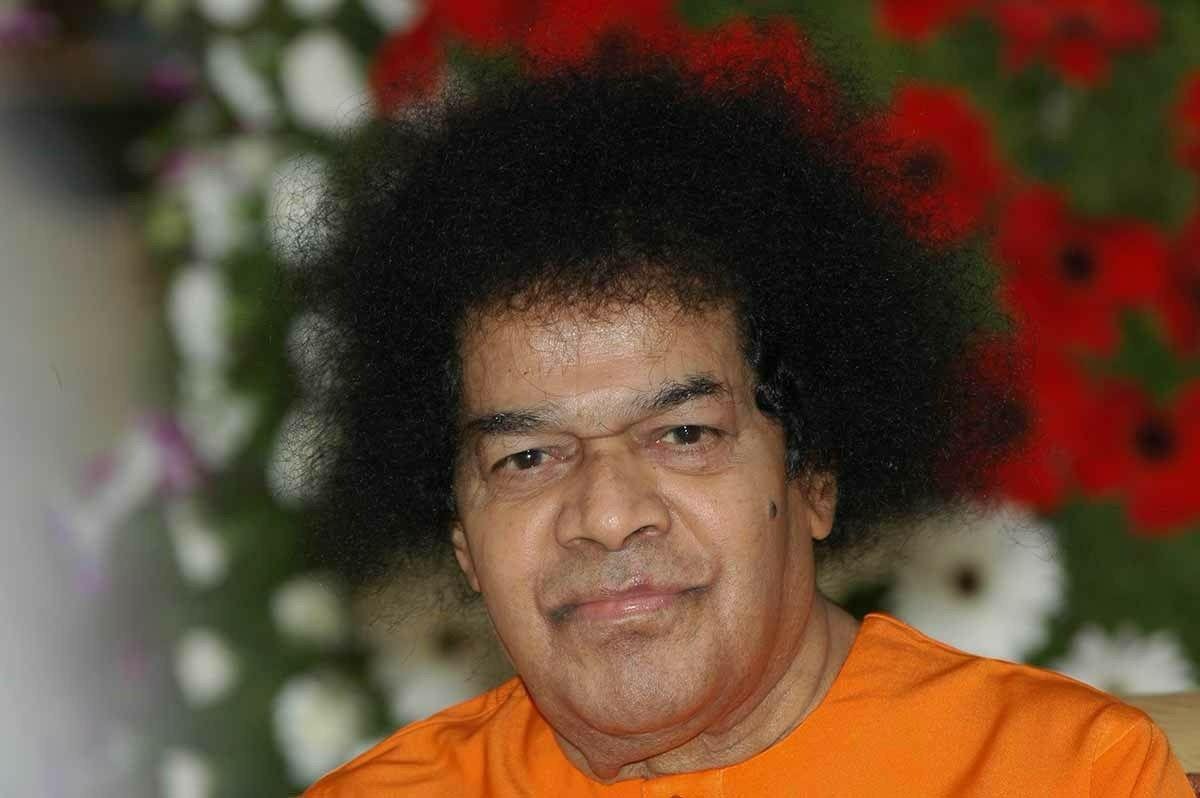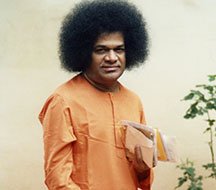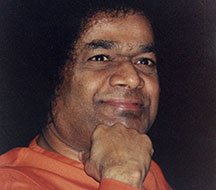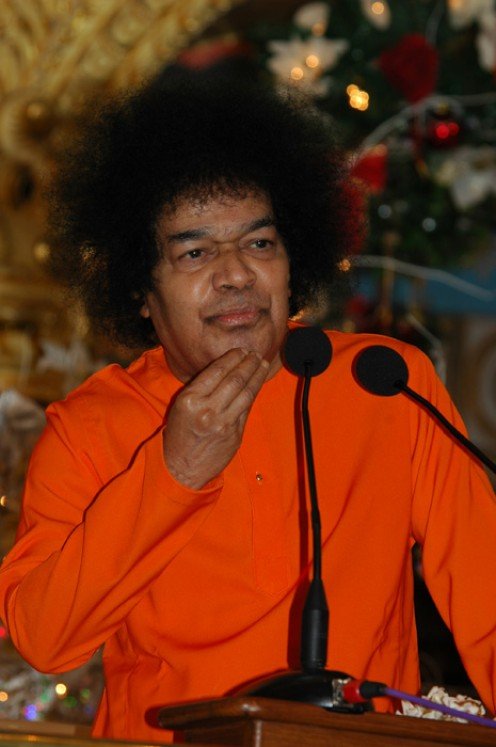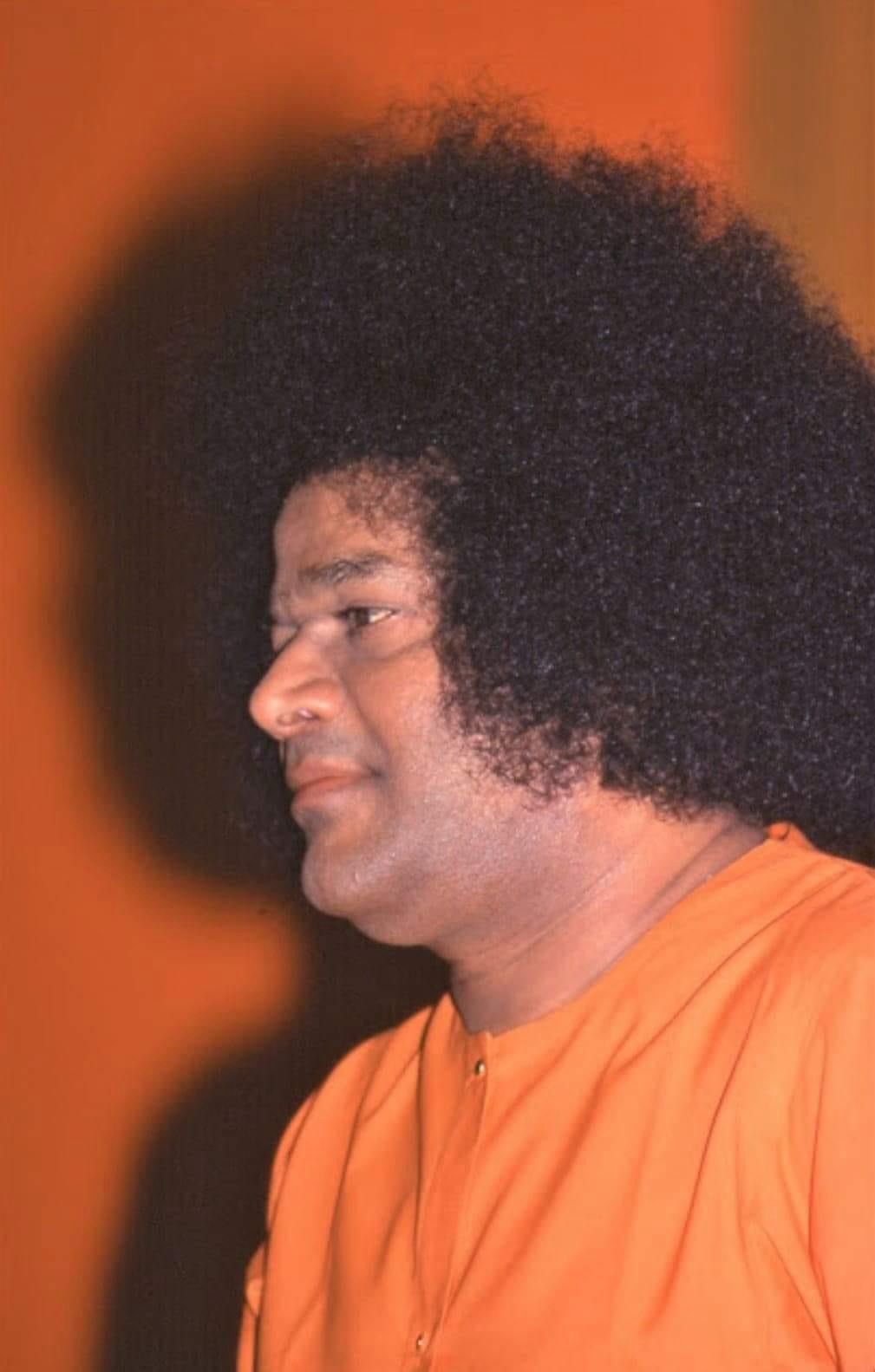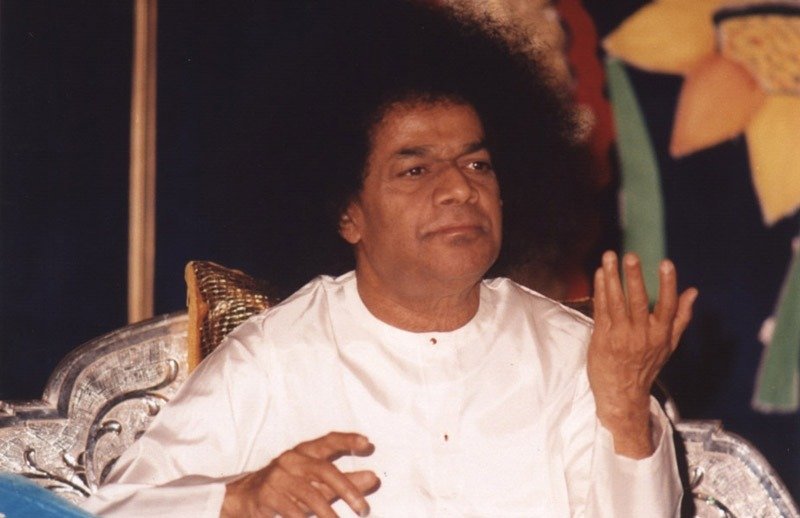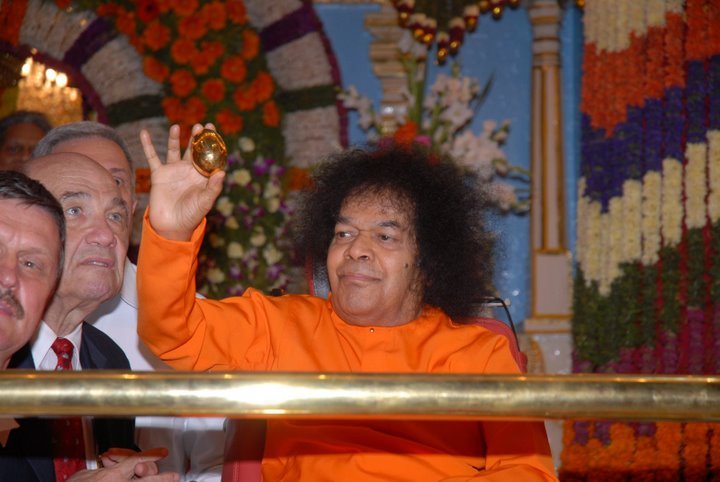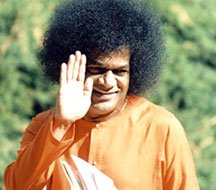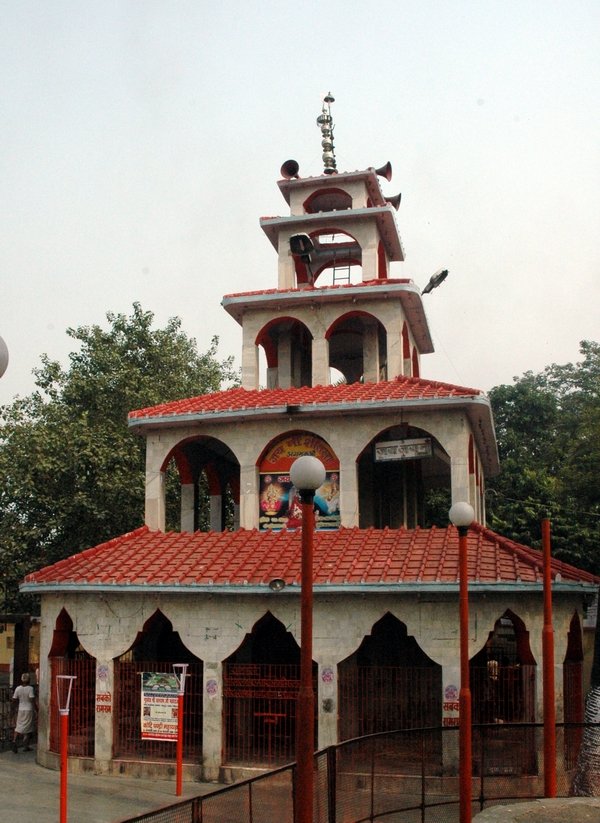
Temples dedicated to her are known as Shakti shrines, deeply rooted in folk traditions and Puranic lore.

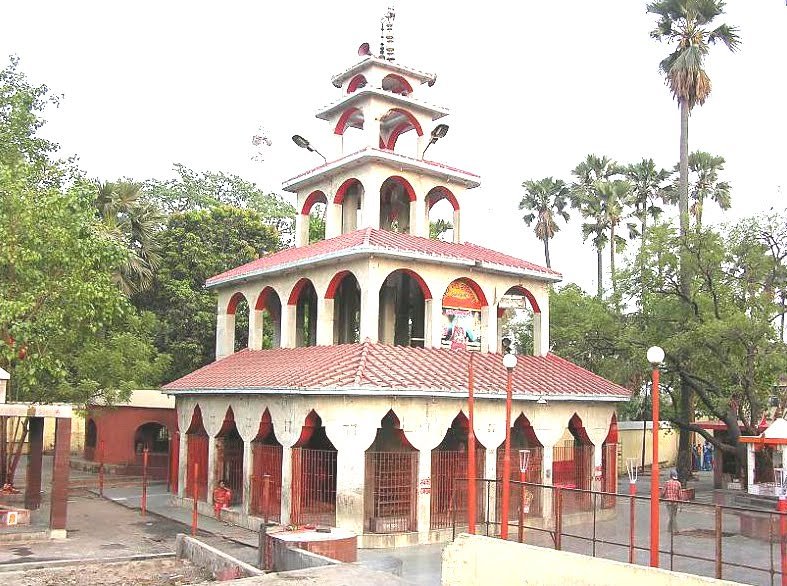

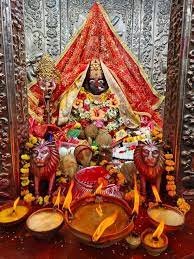


Architecture of the Temple
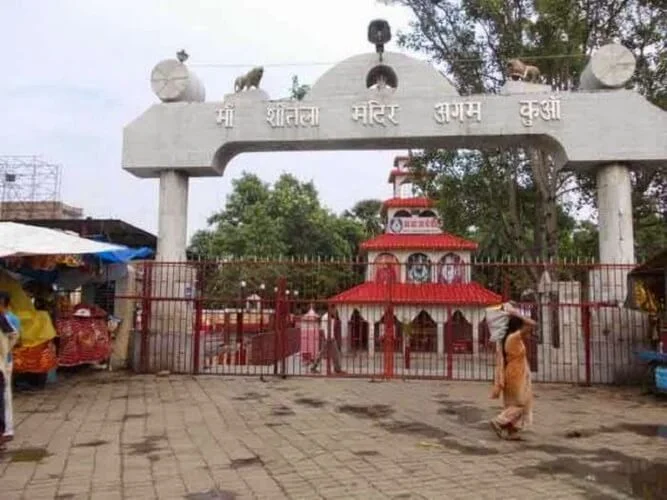
The Gurgaon temple is approximately 400–500 years old, featuring traditional North Indian temple design with arched entrances, lawns, and a verandah leading to a sanctum adorned with a gold-finished idol in jeweled attire.
In Sandila (UP), the temple complex includes shrines for Ram–Janaki, Hanuman, Shiva, and reflects medieval religious layout around a sacred pond.
Patna’s temple is simple in scale, featuring ancient idols and a traditional sanctum revered for its healing power
How to Reach to Temple
Gurgaon Temple: Located on Sheetla Mata Road in old Gurugram. Accessible via NH‑48 from Delhi, bus routes (e.g., 915, 909, 910), or metro to IFFCO Chowk/Huda City Centre, then auto/cab
Sandila, UP: Near Hardoi district, widely accessible by road from nearby towns.
Patna Temple: Situated in Patna City near Tower Chowk/Gulzarbagh station—easily reachable by local transport

Temple Timings


